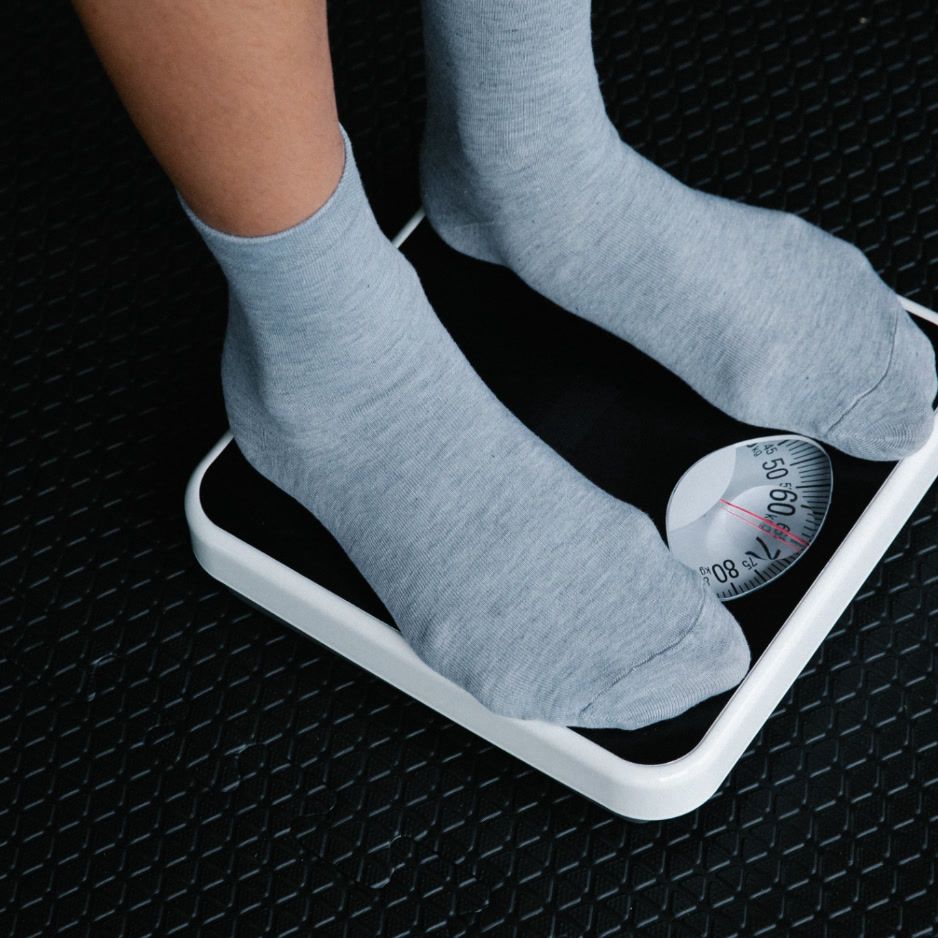Comparing Tirzepatide vs Ozempic: Which Is Best for Diabetes Management?

Comparing Tirzepatide vs Ozempic: Which Is Best for Diabetes Management?
Diabetes management is an essential aspect of living a healthy life for individuals with the condition. With so many treatment options available, it can be challenging to determine which one is the best fit. Two medications that have gained considerable attention in recent years are Tirzepatide and Ozempic. Let's dive into the world of diabetes management and explore the key differences between these two medications, helping you make an informed decision about which one might be best for you.
Get weekly updates.
Understanding Diabetes Management
The Importance of Effective Diabetes Management
Effective diabetes management is crucial for maintaining optimal health and preventing complications that can arise from uncontrolled blood sugar levels. When diabetes is not managed properly, it can lead to serious health problems such as heart disease, kidney failure, and even limb amputations. Therefore, finding the right treatment is paramount to keeping diabetes in check.
Current Methods in Diabetes Management
Traditionally, diabetes management has focused on lifestyle modifications such as diet and exercise, along with the use of oral medications or insulin injections. These methods aim to regulate blood sugar levels and maintain overall health. However, for some individuals, these methods may not provide sufficient control, requiring the addition of other medications such as Tirzepatide and Ozempic.
When it comes to lifestyle modifications, a healthy diet plays a significant role in managing diabetes. Consuming a balanced diet that includes a variety of fruits, vegetables, whole grains, lean proteins, and healthy fats can help control blood sugar levels. Additionally, portion control and regular meal timings are essential to prevent spikes in blood sugar levels.
Regular physical activity is another crucial aspect of diabetes management. Engaging in exercises such as walking, swimming, cycling, or any other form of aerobic activity helps improve insulin sensitivity, allowing the body to use glucose more effectively. Exercise also aids in weight management, reducing the risk of insulin resistance and type 2 diabetes.
While lifestyle modifications are the foundation of diabetes management, some individuals may require additional medications to achieve optimal blood sugar control. Tirzepatide, a newer medication, has shown promising results in clinical trials. It works by stimulating the release of insulin and suppressing glucagon, a hormone that raises blood sugar levels. This dual action helps maintain stable blood sugar levels throughout the day.
Another medication that has gained popularity in recent years is Ozempic. It belongs to a class of drugs called GLP-1 receptor agonists and helps control blood sugar levels by stimulating insulin production and reducing appetite. Ozempic has shown significant improvements in glycemic control and weight loss in individuals with type 2 diabetes.
It is important to note that diabetes management is not a one-size-fits-all approach. Each individual's treatment plan may vary depending on factors such as age, overall health, and personal preferences. Regular monitoring of blood sugar levels, along with regular check-ups with healthcare professionals, is essential to adjust the treatment plan as needed.
In conclusion, effective diabetes management is crucial for maintaining optimal health and preventing complications associated with uncontrolled blood sugar levels. Lifestyle modifications, including a healthy diet and regular exercise, are the foundation of diabetes management. However, some individuals may require additional medications such as Tirzepatide and Ozempic to achieve optimal blood sugar control. It is important to work closely with healthcare professionals to develop a personalized treatment plan that suits individual needs and preferences.
An Introduction to Tirzepatide and Ozempic
When it comes to managing diabetes, there are various medications available that can help individuals regulate their blood sugar levels effectively. Two such medications are Tirzepatide and Ozempic. Let's take a closer look at what these medications are and how they work.
Tirzepatide
Tirzepatide is a medication that falls under the class of glucagon-like peptide-1 receptor agonists (GLP-1 RA). It is specifically designed to help individuals with diabetes maintain optimal blood sugar levels. The medication works by stimulating the release of insulin, reducing the production of glucagon (a hormone that increases blood sugar levels), and enhancing satiety.
By stimulating the release of insulin, Tirzepatide helps the body utilize glucose more effectively, preventing the buildup of excess sugar in the bloodstream. Additionally, by reducing glucagon production, the medication further assists in lowering blood sugar levels. Lastly, by enhancing satiety, Tirzepatide helps individuals feel fuller for longer, reducing the likelihood of overeating and contributing to weight management.
Tirzepatide has shown promising results in clinical trials, with many individuals experiencing significant improvements in their blood sugar control. It is typically administered via subcutaneous injection and can be used as a monotherapy or in combination with other diabetes medications.
Ozempic
Similar to Tirzepatide, Ozempic is also a GLP-1 RA medication that is commonly prescribed for individuals with type 2 diabetes. By activating GLP-1 receptors, Ozempic helps decrease post-meal blood sugar spikes and promotes weight loss.
When individuals with type 2 diabetes consume meals, their blood sugar levels can spike significantly due to the body's impaired ability to produce and utilize insulin. Ozempic works by mimicking the action of GLP-1, a hormone that is naturally released by the intestines in response to food intake. By activating GLP-1 receptors, Ozempic stimulates the release of insulin, which helps the body process glucose more efficiently, preventing excessive blood sugar spikes.
Furthermore, Ozempic has been found to have an additional benefit of promoting weight loss. It achieves this by slowing down the emptying of the stomach, increasing feelings of fullness, and reducing the overall food intake. These effects can contribute to weight management efforts in individuals with type 2 diabetes.
Ozempic is typically administered once a week via subcutaneous injection and has shown promising results in improving blood sugar control and aiding in weight loss. It can be used as a standalone treatment or in combination with other diabetes medications.
In conclusion, Tirzepatide and Ozempic are two medications that belong to the class of GLP-1 receptor agonists and are commonly prescribed for individuals with diabetes. They work by stimulating insulin release, reducing glucagon production, and enhancing satiety, ultimately helping individuals maintain optimal blood sugar levels. These medications have shown significant improvements in blood sugar control and weight management, providing individuals with effective tools to manage their diabetes.
The Mechanism of Action: How Tirzepatide and Ozempic Work
How Tirzepatide Works in the Body
Tirzepatide binds to GLP-1 receptors in the pancreas, triggering the release of insulin—a hormone that helps lower blood sugar levels. Additionally, it inhibits the production of glucagon, a hormone that increases blood sugar levels. This combined action helps to keep blood sugar levels stable throughout the day.
How Ozempic Works in the Body
Similarly, Ozempic also interacts with GLP-1 receptors to stimulate insulin secretion, suppress glucagon production, and slow down gastric emptying. This coordinated effort helps individuals achieve better control over their blood sugar levels.
Efficacy of Tirzepatide and Ozempic in Diabetes Management
Clinical Studies on Tirzepatide's Efficacy
Tirzepatide has shown promising results in clinical trials. In a recent study involving individuals with type 2 diabetes, Tirzepatide demonstrated superior A1C reduction compared to other GLP-1 RAs, including Ozempic. It also showed significant weight loss benefits, making it an attractive option for those looking to shed unwanted pounds.
Clinical Studies on Ozempic's Efficacy
Ozempic has also shown impressive efficacy in managing blood sugar levels in individuals with type 2 diabetes. Clinical trials have demonstrated its ability to lower A1C levels, reduce body weight, and minimize hypoglycemic events. These outcomes highlight its effectiveness as a treatment option.
Side Effects and Safety Concerns
Potential Side Effects of Tirzepatide
As with any medication, Tirzepatide does come with potential side effects. The most common ones include gastrointestinal issues such as nausea, diarrhea, and vomiting. Some individuals may also experience injection site reactions or develop an immune response to the medication. These side effects are typically mild and tend to diminish over time.
Potential Side Effects of Ozempic
Ozempic, too, may cause some side effects, most commonly gastrointestinal symptoms such as nausea and diarrhea. Additionally, it may increase the risk of pancreatitis, a potentially serious condition that requires immediate medical attention. However, the incidence of pancreatitis is relatively low and occurs more frequently in individuals with a history of the condition.
Ultimately, when it comes to choosing between Tirzepatide and Ozempic for diabetes management, it's essential to consult with your healthcare provider. They will carefully evaluate your specific needs, medical history, and any potential interactions with other medications you may be taking.
While both medications have shown efficacy in managing blood sugar levels and aiding weight loss, individual responses can vary. Your doctor will help determine which option is best for you, considering factors such as effectiveness, safety profile, and your personal preferences. By working closely with your healthcare team, you can make an informed decision and take control of your diabetes management journey.


